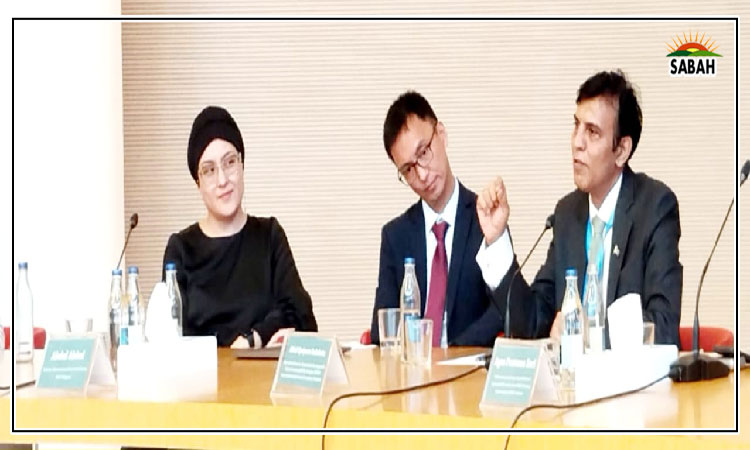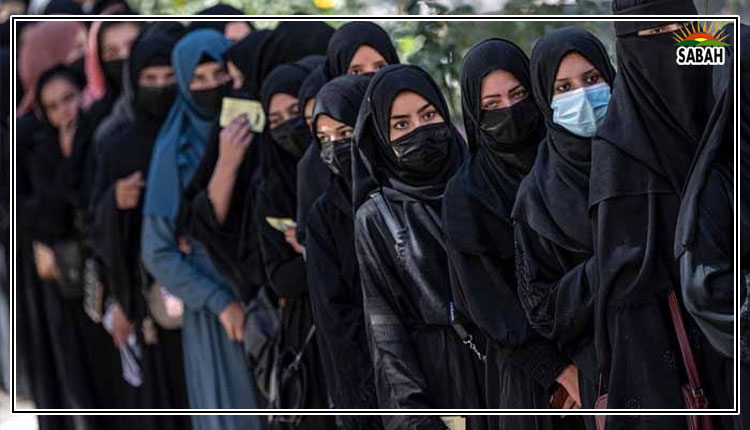IWD: challenges ahead…Dr Sulaiman Shahabuddin
A quick quesion: How long do you think it will take before the number of women enrolled in universities worldwide equals the number of men? Five years? Fifteen years? Twenty-five years?
Im afraid its a trick question. In fact, the number of women on university campuses has exceeded the number of men for years. That is now true not only globally but in developing countries as a whole. Nor is the outperformance of women limited to higher education. The World Banks Human Capital Index measures how economically productive people are capable of being, based on their levels of health and education. Today, girls outscore boys on the index in more than 90 per cent of the worlds countries. In other words, it is increasingly becoming the case that girls are healthier and better educated than boys.
Figures such as these remind us how much we have to celebrate on International Womens Day. They demonstrate that the immense effort to achieve gender equality has produced extraordinary improvements in the lives of billions of women around the globe. The generations of women who have dreamed of a world of equal opportunity and who have struggled mightily to realize their dream in the face of indifference, hostility and condescension have a great deal to be proud of. So do the men who have worked alongside them.
Yet, while progress in education has been rapid, it has hardly been universal. In Sub-Saharan Africa, men continue to far outnumber women in higher education and outpace them at other levels of the education system as well. Together, Sub-Saharan Africa and South Asia account for 10 of the 13 countries where girls have a lower human capital score than boys.
Meanwhile, the gender gap persists in countless domains. Badly underrepresented in the halls of political and corporate power, women also lack the ability to make basic decisions in households. Globally, the percentage of women employed in the better-paid and more secure formal sector has hardly budged since 1990. It now stands at 53 per cent for women versus 80 per cent for men. Achieving economic equality would increase global wealth by trillions of dollars, enriching men and women alike and increasing the ability of public and private organizations to achieve their goals.
As president of the Aga Khan University, I am proud to lead an institution where two-thirds of students and half of faculty members are women. But, however much we have empowered women, I know that they have empowered the university even more. Without their contributions, AKUs growth and success over the last 40 years would have been impossible.
There are numerous reasons that womens educational attainment has increased by leaps and bounds while their economic attainment has lagged. One can debate the relative contribution of each. But the consequence is clear: individuals, families, communities, companies and countries are being held back. If nothing changes, the immense capacities for leadership, productivity and innovation that todays girls are accumulating will be underutilized tomorrow.
It is dispiriting, to say the least, to see gender gaps linger for decades. The challenges that the early advocates of womens equality faced were far greater than those we face today. From them and their successors, we have inherited immense cultural, political, legal and other resources. Perhaps the most important reason for optimism that past gains will continue and that stagnation will be replaced by progress is our girls and young women. As the most educated female generation in history, they are unlikely to accept a status quo in which their opportunities fail to match their abilities. I do not doubt that future International Womens Days will continue to offer new victories to celebrate.
Courtesy The News












